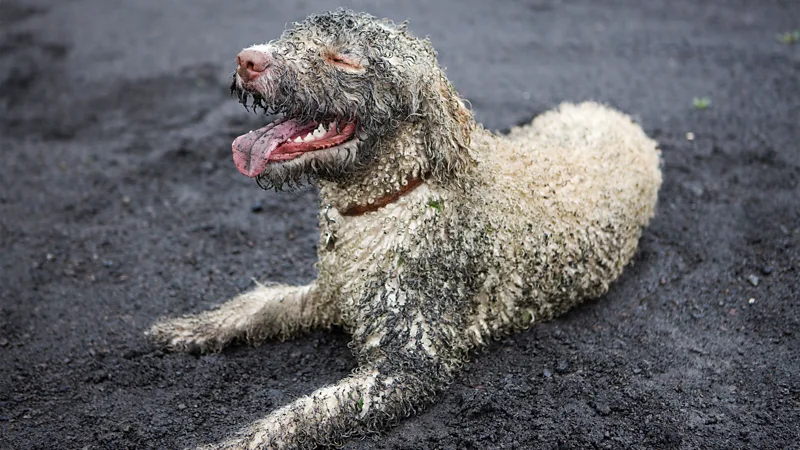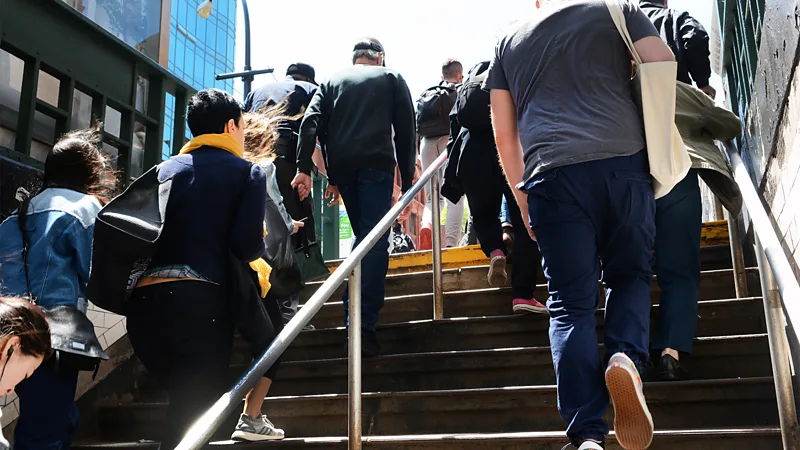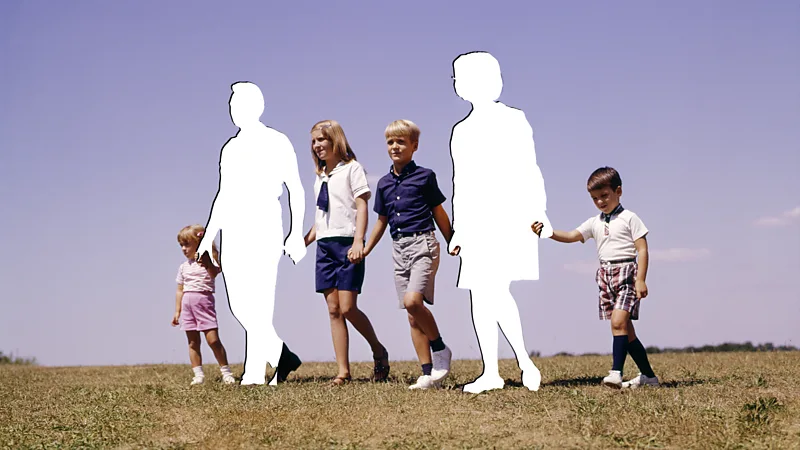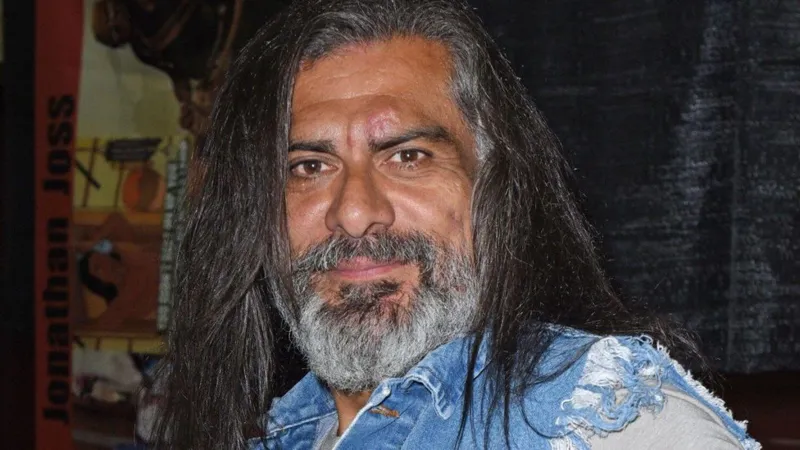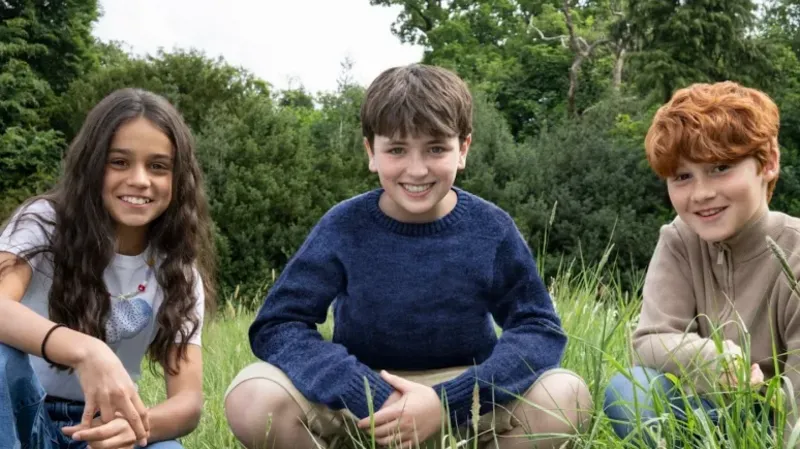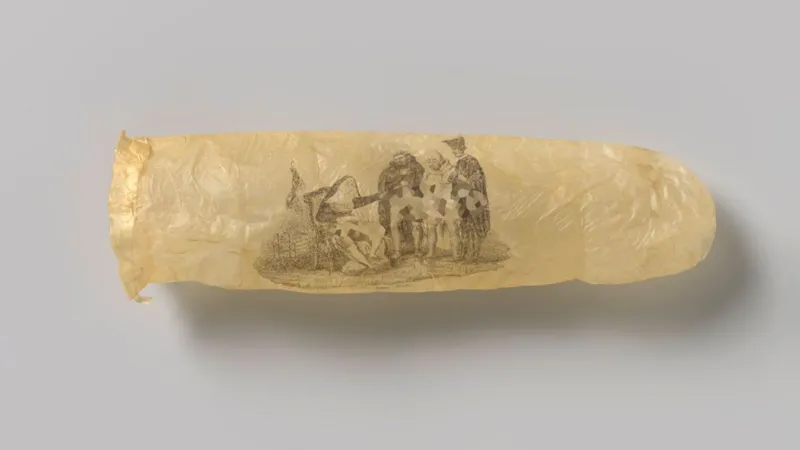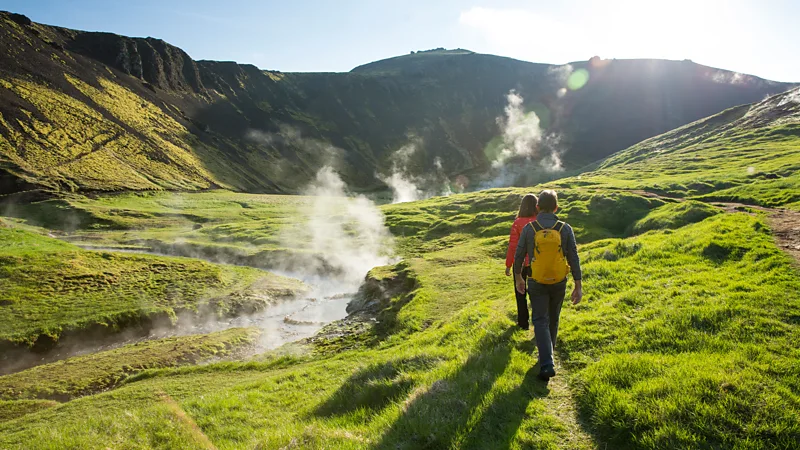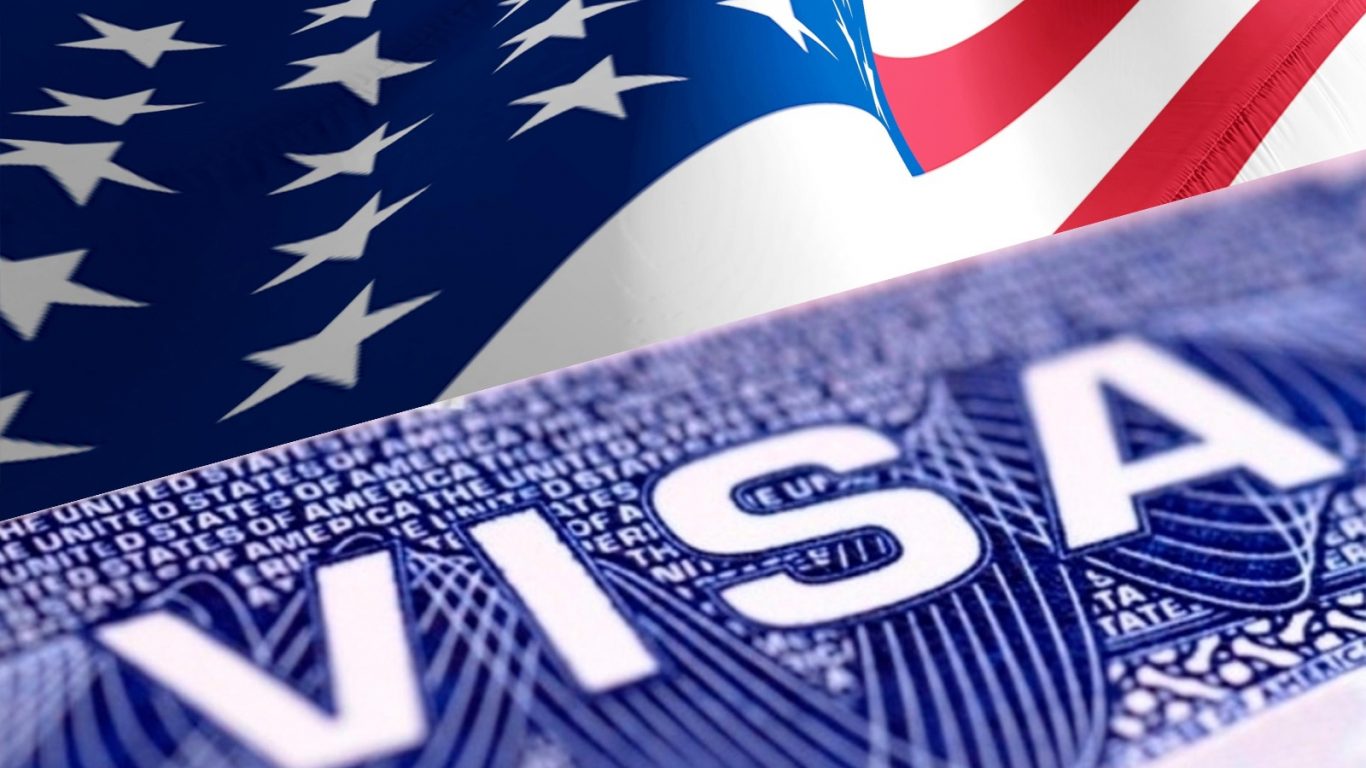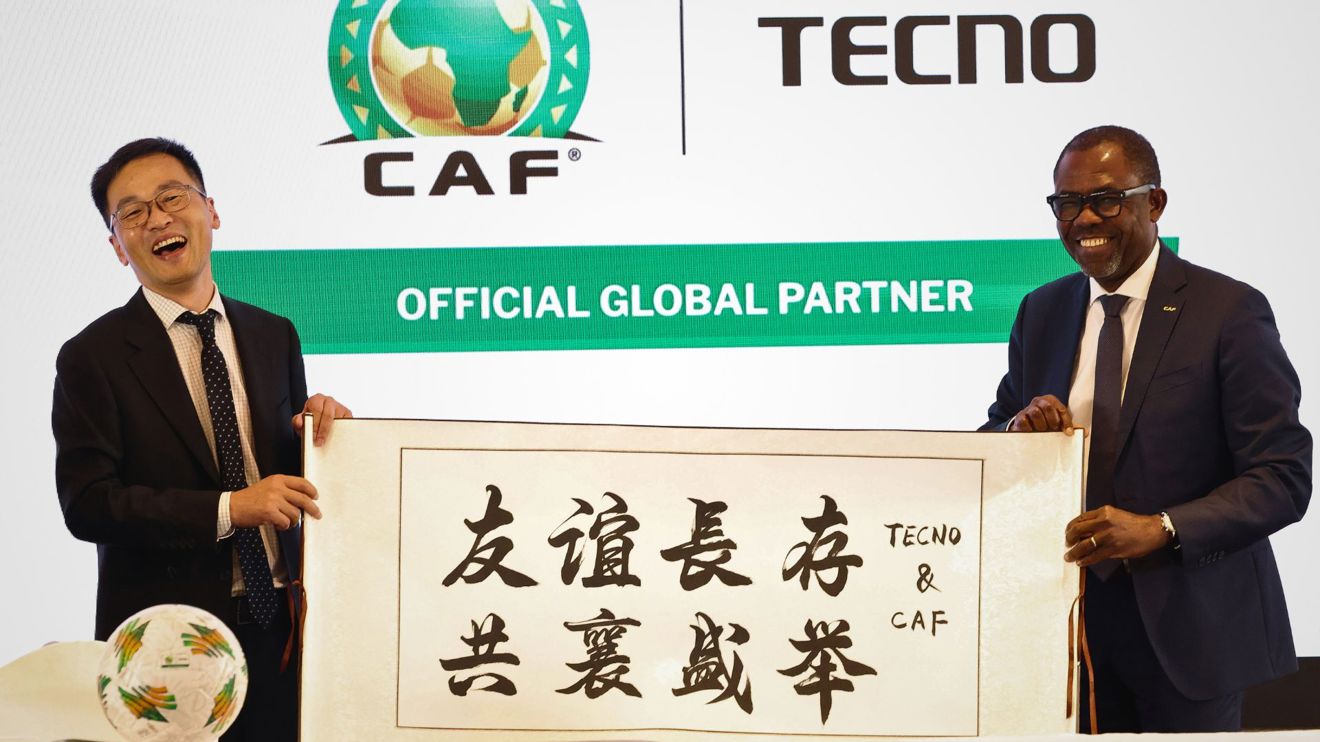The mystery of one of Italy's most iconic pastas
Food & Drink
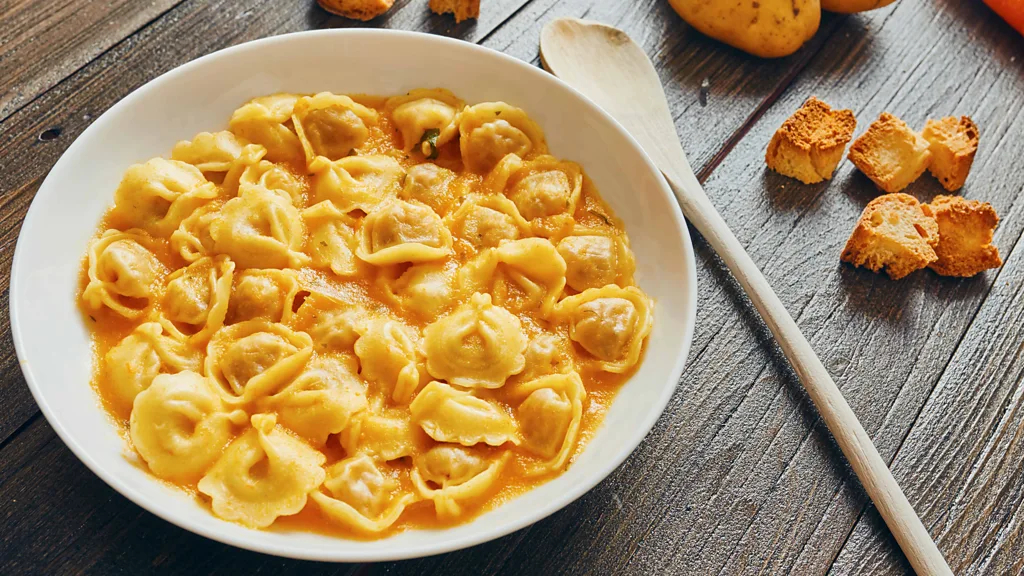
For centuries, residents of Emilia-Romagna have disagreed about which of its two main cities invented tortellini, but the truth may be neither did.
I'm seated at the three-Michelin starred Osteria Francescana, and can't believe my luck. It's been eight years since I first attempted to snag a reservation at the coveted restaurant in Modena, Italy, helmed by Massimo Bottura, one of the world's most influential chefs. I've been to Italy nearly 50 times since 2016, and each visit, I prowl the restaurant's website, even setting alarms at odd hours, to no avail.
But one week ago, from my hotel in Tuscany, I saw a 12:30 lunch cancellation and pounced. And now I'm finally here, in a world of chic Gucci wallpaper and dim lighting, about to try the famous 15-course tasting menu for myself.
I'm savouring "Tortellini or Dumplings?" – a Korean spin on tortellini in brodo (tortellini soup) where Osteria Francescana serves twisted dumplings in seaweed stock instead of traditional capon broth – when Bottura himself walks in. The desire to eat at one of the world's best restaurants is what initially piqued my interest in this place, but what brought me here tonight is the delicious bite on my spoon: tortellini.
Tortellini – a circular-shaped pasta, twisted around a filling of mortadella, prosciutto, pork loin and Parmigiano Reggiano cheese – are the quintessential pasta varietal here in Italy's hilly Emilia-Romagna region. But while there is no question that tortellini hails from Emilia-Romagna, scholars, chefs and locals have bickered for centuries about which of the region's two rival medieval powerhouses can lay claim to the honour: Modena or Bologna?
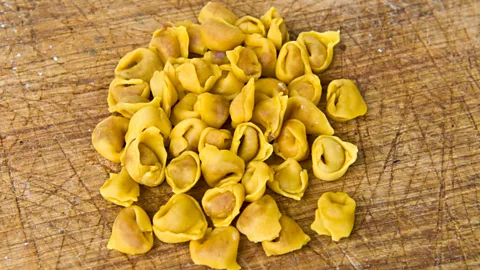
I am sure Bottura knows; he's not only from Modena, but is also famed for his innovative tortellini dishes, inspired by childhood memories of sitting under his grandmother's table as she prepared the meaty morsels. As he stops to greet me, I asked him where tortellini were invented: Modena or Bologna?
"Neither," he says, his arms sprawling as wide as his smile. "It's Castelfranco Emilia."
His answer stops me mid-bite. Castelfranco Emilia is a small town located between Modena and Bologna. It is indeed famous for its sfogline (pasta makers), but this was the first I'd heard of its connection to tortellini. I left Osteria Francescana with more questions than answers.
The "Modena-versus-Bologna" tortellini debate had intrigued me ever since visiting the Palazzo Comunale di Modena; home to the Stolen Bucket. This was where I first learned that Modena and Bologna's feud goes back to the Middle Ages when the cities were entwined in a bitter religious rivalry that lasted more than 300 years (Modena supported the Holy Roman Empire; Bologna supported the Popes). In 1325, during one of the war's skirmishes, Modenese soldiers stole a bucket from a city well in Bologna; a war trophy.
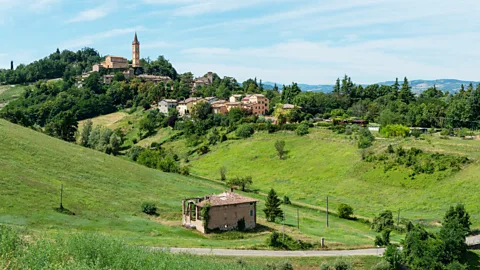
What follows next is delicious myth: in 1622, Modenese poet Alessandro Tassoni wrote La Secchia Rapita (The Stolen Bucket), a parody of the events where the Olympic gods descend to aid in the fight; Apollo and Minerva sided with Bologna, while Mars, Venus and Bacchus sided with Modena.
Then, in the late 19th Century, Italian poet Giuseppe Ceri nodded to Tassoni and the medieval-era Modena-Bologna-bucket conflict in his own poem, The Bellybutton of Venus, writing that after the gods came down to intervene, they took a detour to Castelfranco Emilia. The fateful side trip results in tortellini.
There are a few variations of the myth, but the most popular version goes like this: Venus, Bacchus and Mars walk into an inn in Castelfranco Emilia. The following morning, Venus is sleeping naked and alone, and the innkeeper, infatuated with her beauty, peeps through the keyhole and sees her exposed belly button. Inspired by its shape, he creates tortellini.
What's unclear is whether there is any historical truth that led Ceri to set this scene in Castelfranco Emilia. Centuries earlier, sometime between 1688 and 1690, the priest and historian Ludovico Antonio Muratori wrote that he ate minestra di tortellini (tortellini soup) in Castelfranco Emilia. It may be impossible to prove that tortellini were in fact native to that city (or that Ceri had ever read the account), but today in Castelfranco Emilia, there is a statue of the innkeeper peeping through the keyhole to see Venus' belly button.

Hungrier than ever for the truth after my encounter with Bottura, I reached out to a series of local chefs to get to the bottom of the matter and found that many people today – even the region of Emilia-Romagna's website – embrace Castelfranco Emilia's role as the mythical birthplace of tortellini.
"The idea of [tortellini] was born in a small village, Castelfranco Emilia, in between Bologna and Modena," said chef Aurora Mazzucchelli of Casa Mazzucchelli, a Michelin-star restaurant in Sasso Marconi, a province of Bologna, when I asked her where tortellini were invented.
"The debate has been settled," said chef Ottavio Gnazzo, the chef de cuisine at Rezdôra, a New York restaurant serving Emilia-Romagnan cuisine helmed by Bottura mentee chef Stefano Secchi. "We know tortellini comes from Castelfranco Emilia."
However, despite the general consensus that Castelfranco Emilia is the beloved pasta's birthplace, there is still some speculation.

"We are sure that tortellini come from Bologna," said Monica Venturi of Bologna's Le Sfogline. Venturi grew up in Bologna, where her family has been running the small handmade pasta shop since 1996. "When tortellini were made for the first time, Castelfranco Emilia was under Bologna."
Secchi himself doesn't necessarily disagree but adds context. "The issue is that tortellini were first made in Castelfranco Emilia. [We know of] the legend of Venus's bellybutton, but Castelfranco Emilia has been a province of both Modena and Bologna, so [it] will be tough to ultimately decide."
Its exact geographical origins aren't the only dispute surrounding this stuffed pasta. In Bologna, tortellini are often much smaller than tortellini from Modena and Castelfranco Emilia; called tortellini al mignolo (pinky finger tortellini). And, "In Bologna, we normally use raw filling, while in Modena, they normally use cooked [browned in butter] filling," added Mazzucchelli. "I personally like raw stuffing because it allows me to work with a more solid texture."
Back in Modena, Francesco Vincenzi is head chef of Franceschetta58, a casual bistro opened by Bottura that serves bold, modern Modenese cuisine, so Vincenzi has a different take on the recipe.
"Our tortellini filling is not quite blanched, not quite cooked, but in between," he said.
Traditionally, tortellini are served in brodo (broth) or panna (heavy cream) but restaurants like Francescetta58 are serving them in a decadent Parmigiano cream instead; a shock to tortellini purists.
"I don't like when they try to change the recipe of this type of tradition," Venturi said. "Tortellini must be cooked in the broth, boiled and then eaten with the broth."
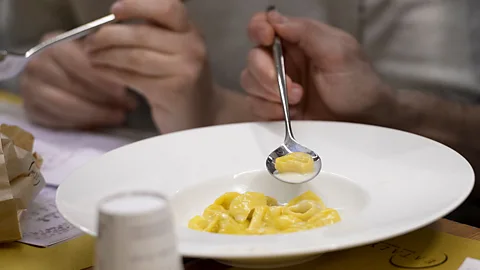
Fillings, cities and regional variations aside, there is one factor that Emilia-Romagnans generally agree on: making tortellini is a family affair. The task is largely attributed to the rezdôra, or the "head of the household", in Modenese dialect, which refers to the women who roll out pasta by hand.
Gnazzo, who was born in the US but raised in Italy, grew up in the kitchen watching his father; also a chef. He reflected on watching rezdôre in Bologna for the first time.
"They're masters at making pasta, so when I went to Bologna and saw them making tortellini, I bought some, and we made it there; the right way in capon stock," he said.
Mazzucchelli has fond early memories of tortellini, too. "I used to make tortellini with my mom and dad. It was a significant moment around the table to help pinch shut the tortellini."
Tortellini are Emilia-Romagnan culture at its core, commonly enjoyed in celebration around Christmas time and the Feast of Saint Stephen (Boxing Day). The circular-shaped pasta is so tied to the region that La San Nicola Association hosts an annual Tortellini Festival (Sagra del Tortellino) in Castelfranco Emilia during the second week of September. The festival lasts one week, with each night featuring a tortellini dish from a restaurant in the region. On the final night, there's a live performance that reenacts the innkeeper peeping through the keyhole.
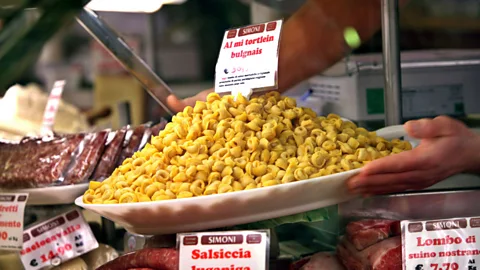
As evidenced by his "Tortellini or Dumplings?" and "Tortellini Walking on Broth" dishes, Bottura has no qualms about reinventing the beloved pasta. But to ensure that tortellini tradition isn't lost, Bottura and his wife and business partner Lara Gilmore opened Tortellante, a cooking school in Modena where elderly women teach young adults with autism how to make tortellini.
So, which city invented tortellini – Bologna, Modena or Castelfranco Emilia? The world may never know for sure, but one thing is certain: tortellini is one of the most defining foods of the Emilia-Romagna region.
As Bottura enthusiastically told me, "Even if you don't believe in God, you can believe in tortellini."
Recipe for tortellini
by Chef Ottavio Gnazzo on behalf of Rezdôraa
Ingredients
Pasta Dough
281g 00 flour (about 1 1/2 cups & 2 tbsp)
112g whole eggs (about 2 whole eggs)
70g egg yolks (about 3 egg yolks)
4g extra virgin olive oil (1/4 tsp)
Tortellini Filling
215g mortadella
215g prosciutto
750g pork shoulder
3g (pinch) nutmeg
8g kosher salt
120g Parmigiano Reggiano, finely grated
1 whole egg
Method
Step 1
In a tabletop mixer, add the flour and make a well. In a small bowl, mix the eggs with the olive oil, then add the mixture to the mixer. Mix the dough on low speed for 10 minutes, pat into a flat disc or ball and wrap with plastic wrap. Leave at room temperature until ready to roll out.
Step 2
Add all the meats to a grinder on fine die setting and grind together. Transfer the meat mixture to a small bowl, then mix in the nutmeg, sea salt, Parmigiano and eggs to create a paste.
Step 3
Roll out the dough into a sheet to the last setting on the machine; it must be thin enough to slightly see the wooden board or hand underneath. Cut 1.5-2in squares in the dough with a wheel cutter with straight edges. Place a dot of filling in the centre of each square. Fold each square into a triangle by putting pressure on the edges to properly seal the triangle. Then, grab the two edges of the triangle, wrap it around the tip of your pinky and pinch it so it closes.
Source: BBC




















